THE BOUNTY OF THE OCEANS CAN FILL YOUR FREEZER TOO
Don’t forget to look to the sea for some ocean fishing.
I often write about how understanding your environment is one of the keys to survival. One thing I rarely cover is our relationship to our oceans and how they directly relate to our overall survival. Oceans, and their health, impact our weather, the air we breathe and, as I’ll discuss here, the food we eat.
“Our oceans have much to offer us—on many levels. They’ve been reliable and healthy food sources for humans for thousands of years. Unfortunately, many of their resources have been exploited for hundreds of years … .”
Growing up, I was that nerdy kid who was glued to television, watching The Undersea World of Jacques Cousteau. When I was young, I was all about the ocean; so much so, in fact, that I wanted to grow up to be a marine biologist or an oceanographer. That never happened, but I still love the ocean.
According to the NOAA (National Oceanic and Atmospheric Administration), there are 95,471 miles of total coastline in the United States, 12,383 of which are ocean coasts. As a child, I took every opportunity I had to walk the beach and explore the tide pools, building knowledge with each step.
The wide-eyed kid who places Jacques Cousteau at the top of his hero list and who dreamed to one day sail with that hero, decided to take what he knew about the ocean and use it to protect this resource and utilize it to feed his family.
Over the years, I’ve fished from coastal Maine to Georgia and down to Key West, Florida. From Key West, I’ve traveled and fished the Gulf of Mexico from Florida to Louisiana. (While in the military, I enjoyed fishing in the Pacific, and it was there that I learned the value of seaweed as a food source.)
When fishing, whether in fresh or saltwater, my goal has always been to feed my family. I don’t fish for sport. In my opinion, it’s a waste of time and money. Preparedness, both long and short term, means not wasting either. I always want the odds in my favor (whenever possible). I make it a point to take advantage of every opportunity whenever I can.
Inshore vs. Offshore Fishing
The differences between these two types of fishing involve distance, which helps determine the species of fish you might encounter, as well as the cost, which is the largest obstacle. There are no specific universal distances that define “inshore” and “offshore.”
“I don’t feed my family solely on what I can harvest from the ocean. For me, the ocean’s just one of several options.”
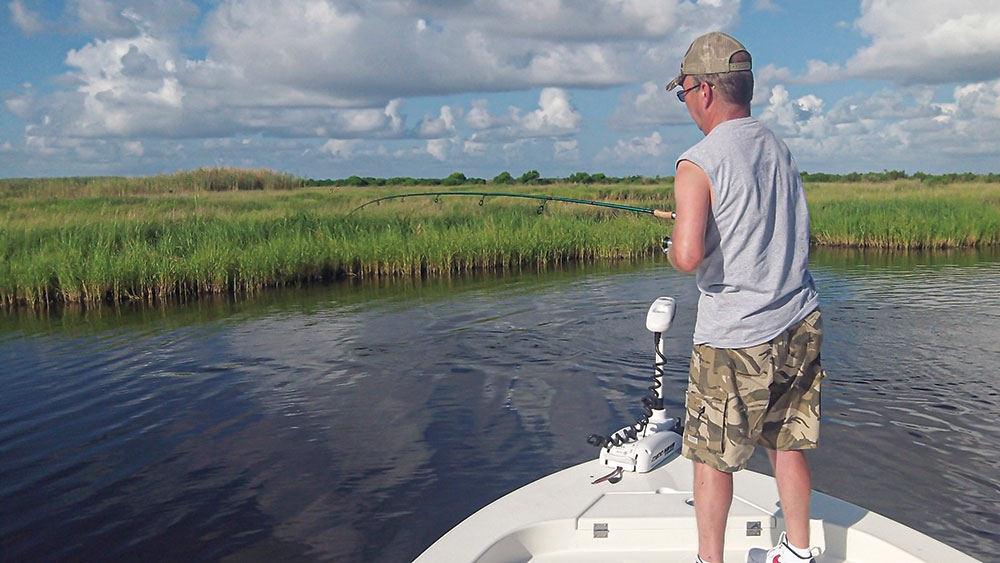
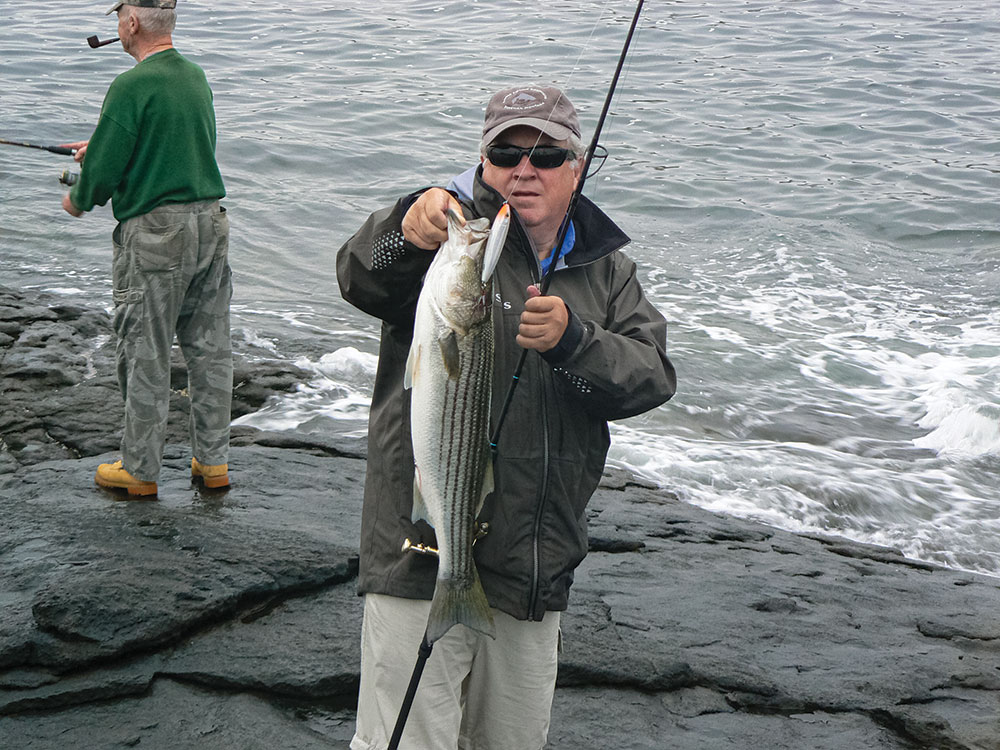
In my experience, when you’re fishing offshore, you’ll be running 20 miles or more from land. However, the threshold can be down to 9 miles, depending on the local interpretation. That requires a boat large enough to handle the trip, the crew and fuel to run it, and the time to get to and from the area to be fished. Inshore fishing usually takes place inside the offshore distance and can be accomplished with a small boat or even done from shore.
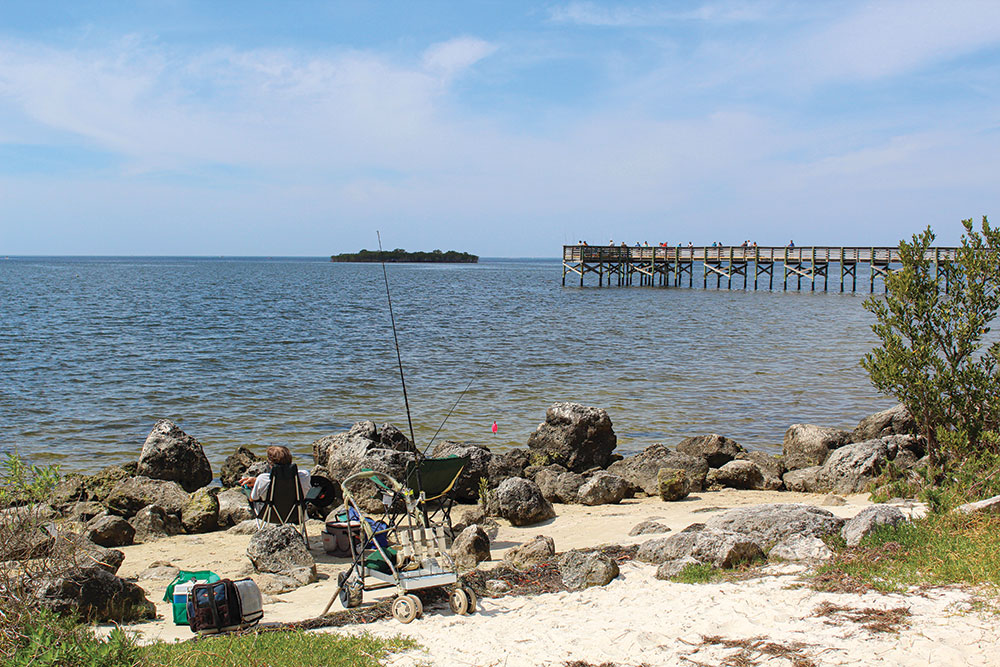
The farther you go out, the bigger the fish you might encounter—but the fewer they’ll number. Offshore anglers target trophy species such as billfish (swordfish, sailfish and marlin), mahi, tuna and wahoo (king mackerel). Inshore anglers will find a greater number of species and higher fish numbers, but they’ll tend to be smaller. Some offshore species are occasionally caught by inshore anglers, but inshore anglers mainly target blackfish, drum, flounder and a host of others.
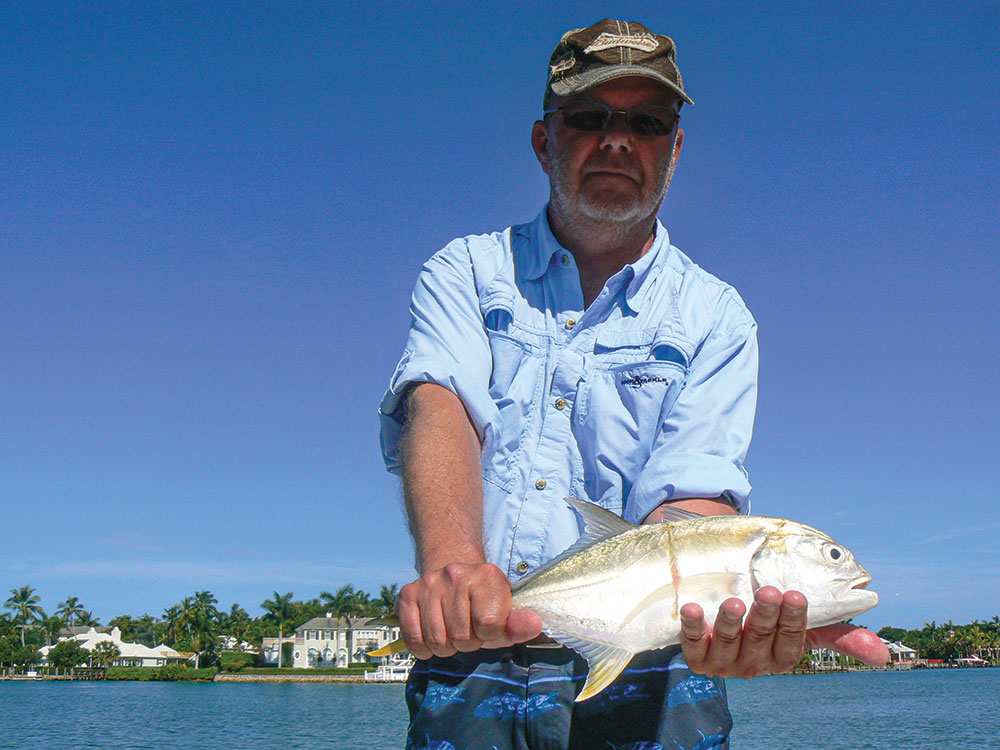
For the angler fishing to fill their freezer, inshore fishing is the way to go. Offshore angling is expensive, and most people don’t have the gear or resources needed to do it. Besides the higher charter costs, bigger fish require bigger rods, reels, lures and bait—significant expenses for anyone.
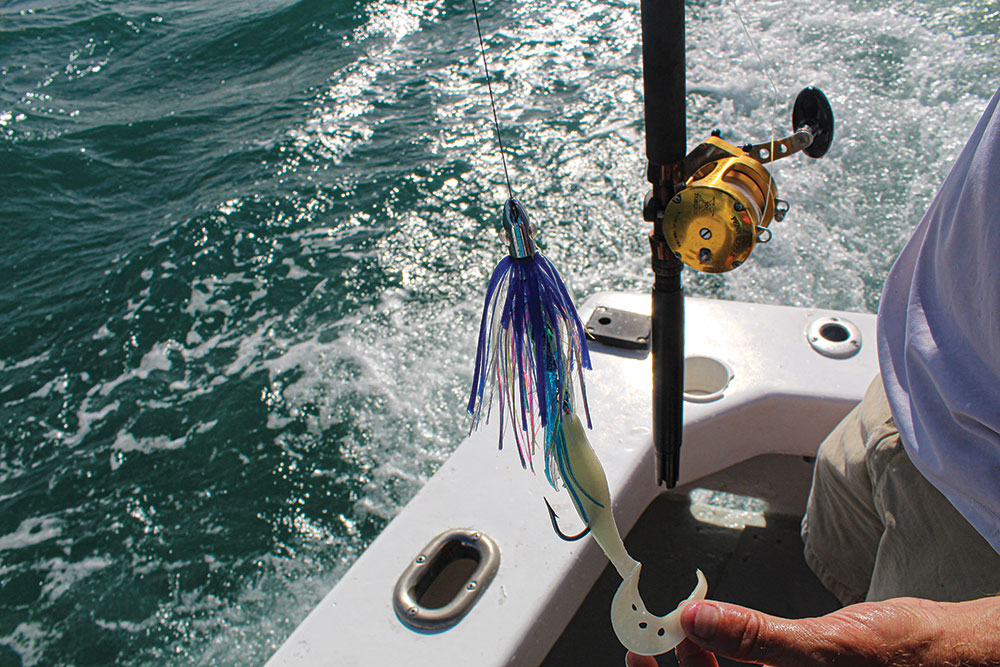
Most offshore fishing is done by sport anglers who can afford the extremely high prices charged and aren’t concerned about the food value of their catch. I like to compare the offshore angler with the hunter who spends thousands of dollars to hunt deer in some faraway location, even though there are deer where they live. As with fishing, there’s no guarantee they’ll get that very expensive deer.
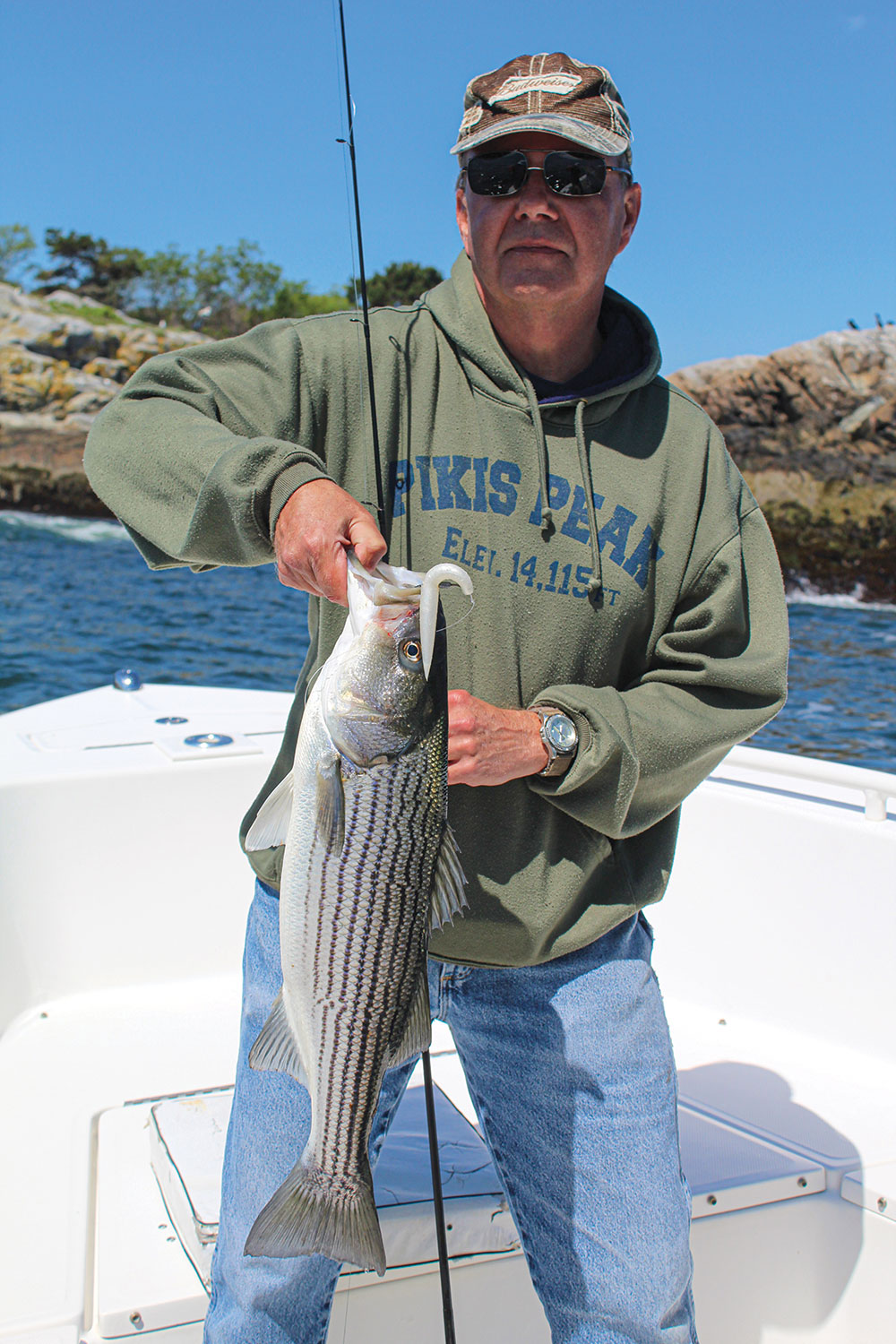
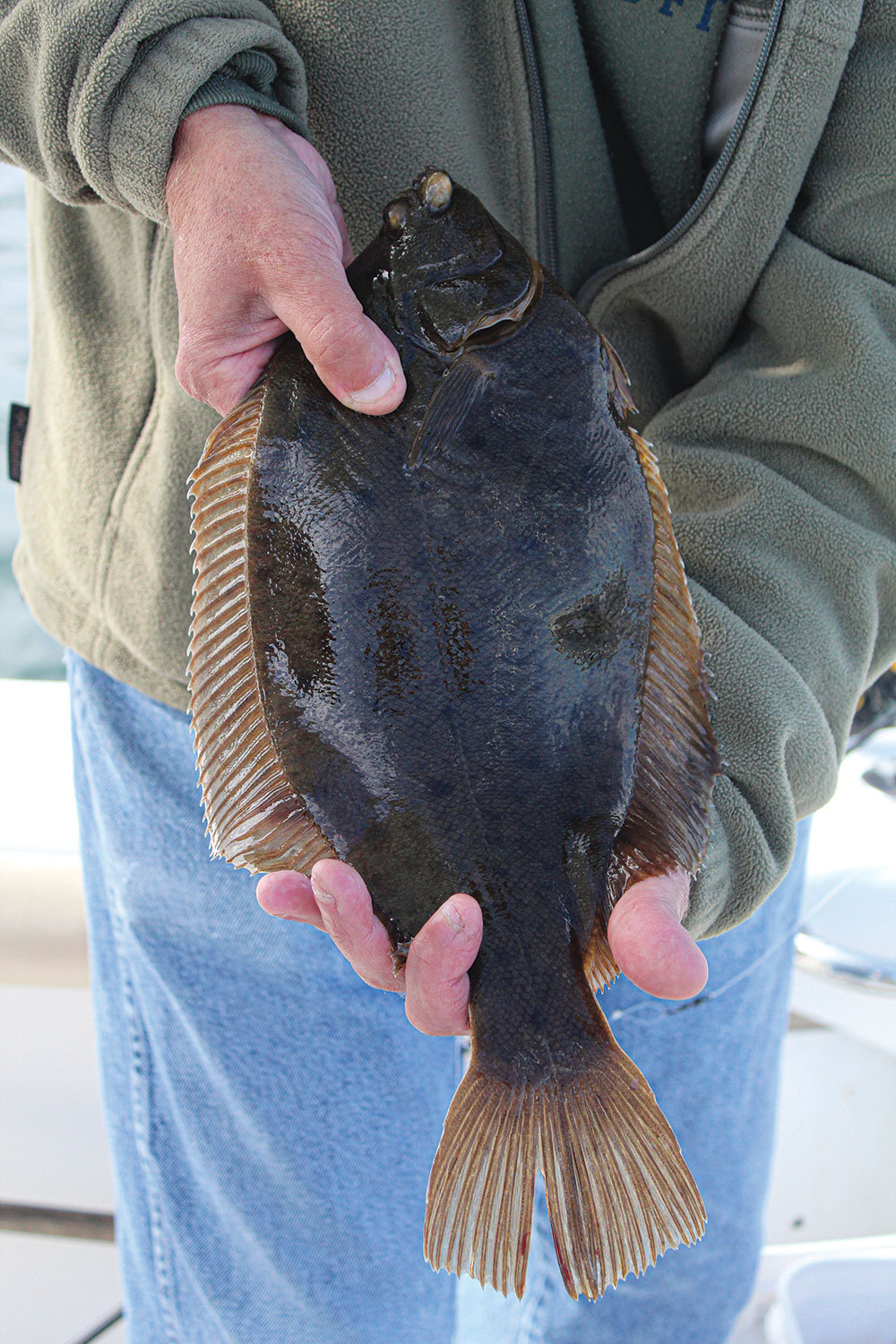
In the mindset of survival, this potential reward isn’t worth the investment. However, if you’re looking for an adventure and you want to do some offshore fishing, go for it. There are plenty of charters on the coasts that’ll take you out for mahi, tuna and other large fish.
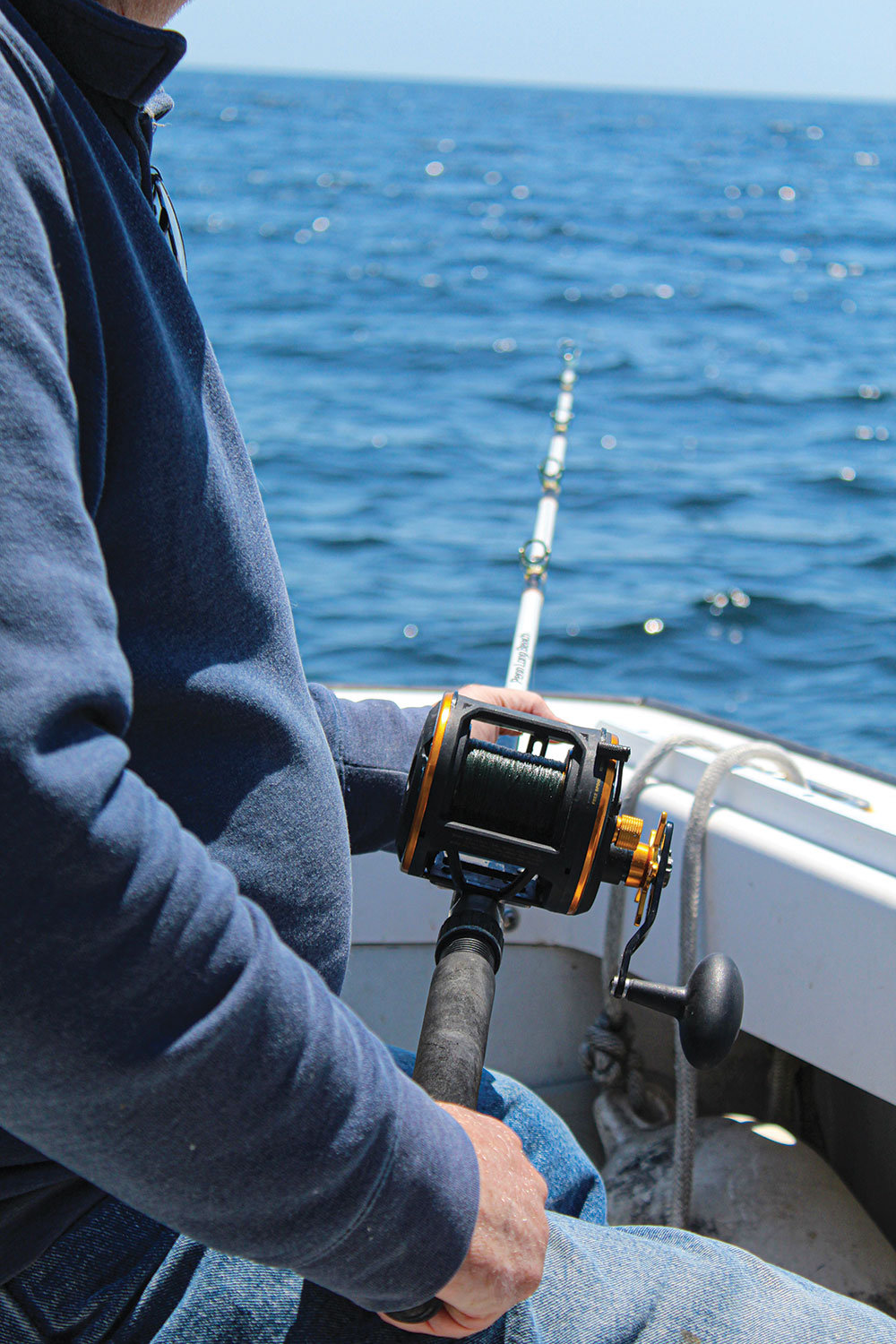
Inshore anglers have many more options available. You can fish from the shore, a beach, a pier, smaller boat or even from a kayak. The gear used is much more affordable, and your time is spent fishing, not traveling to and from a potential fishing area. If the fish aren’t biting, you can always call it a day without losing much more than time and the cost for bait. If you’re successful, chances are what you add to your freezer will be pretty economical.
Gear
My gear for inshore fishing is really nothing special. I have two medium-heavy-action casting rods (one is 6½ feet; one is 7 feet), combined with saltwater spinning reels spooled with 20-pound test monofilament line. I use these when I’m fishing for striped bass and bluefish. If I’m fishing for flounder, I use a 6-foot, medium-action spinning outfit, with the reel spooled with 10-pound test monofilament. (This is the same setup I used while fishing for yellowtail snapper in Key West, Florida. While fishing for red drum in Louisiana, I bumped the line up to 15- to 17-pound test.)
“I don’t fish for sport. In my opinion, it’s a waste of time and money. Preparedness, both long and short term, means not wasting either.”
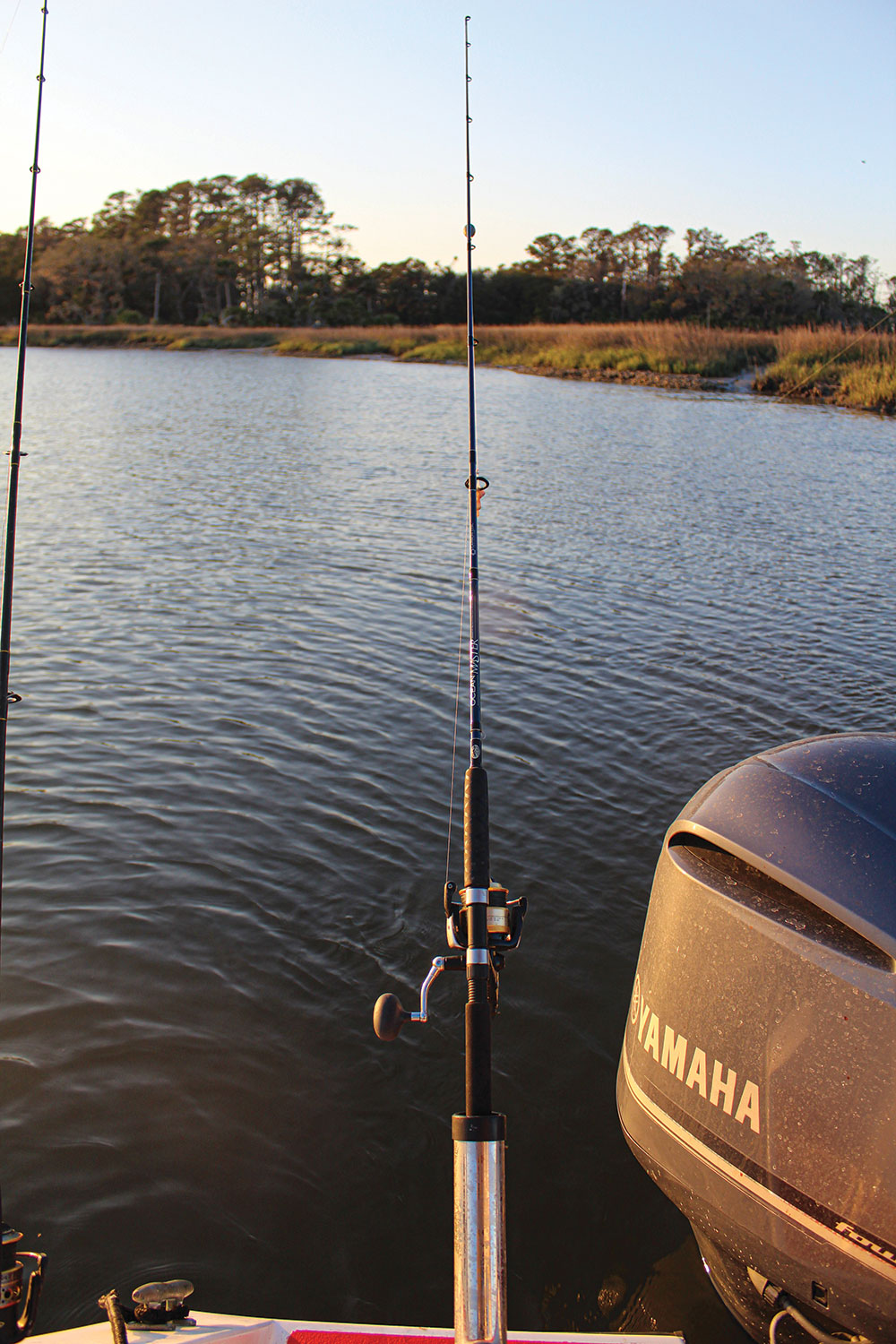
Nothing beats a spoon when it comes to lures. The right spoon size works well on everything from drum to flounder. Other people swear by surface plugs. Experiment, and find what works best for you. Live or dead bait is always a good option as well. Match the bait to what the fish normally eat. For example, shrimp work great in Louisiana, while you can’t go wrong with clams in the Northeast.
Ground Fish
Ground fish are those species found deep and include cod, haddock, hake and pollack. These species are highly prized and, in some areas, because of overfishing by huge commercial enterprises, they’re protected in an effort to save the resources. Areas that hold these fish tend to be around shoals and islands that approach the outer limits of the inshore zone. As a result, you’ll need a boat to access areas in which you can catch these fish.
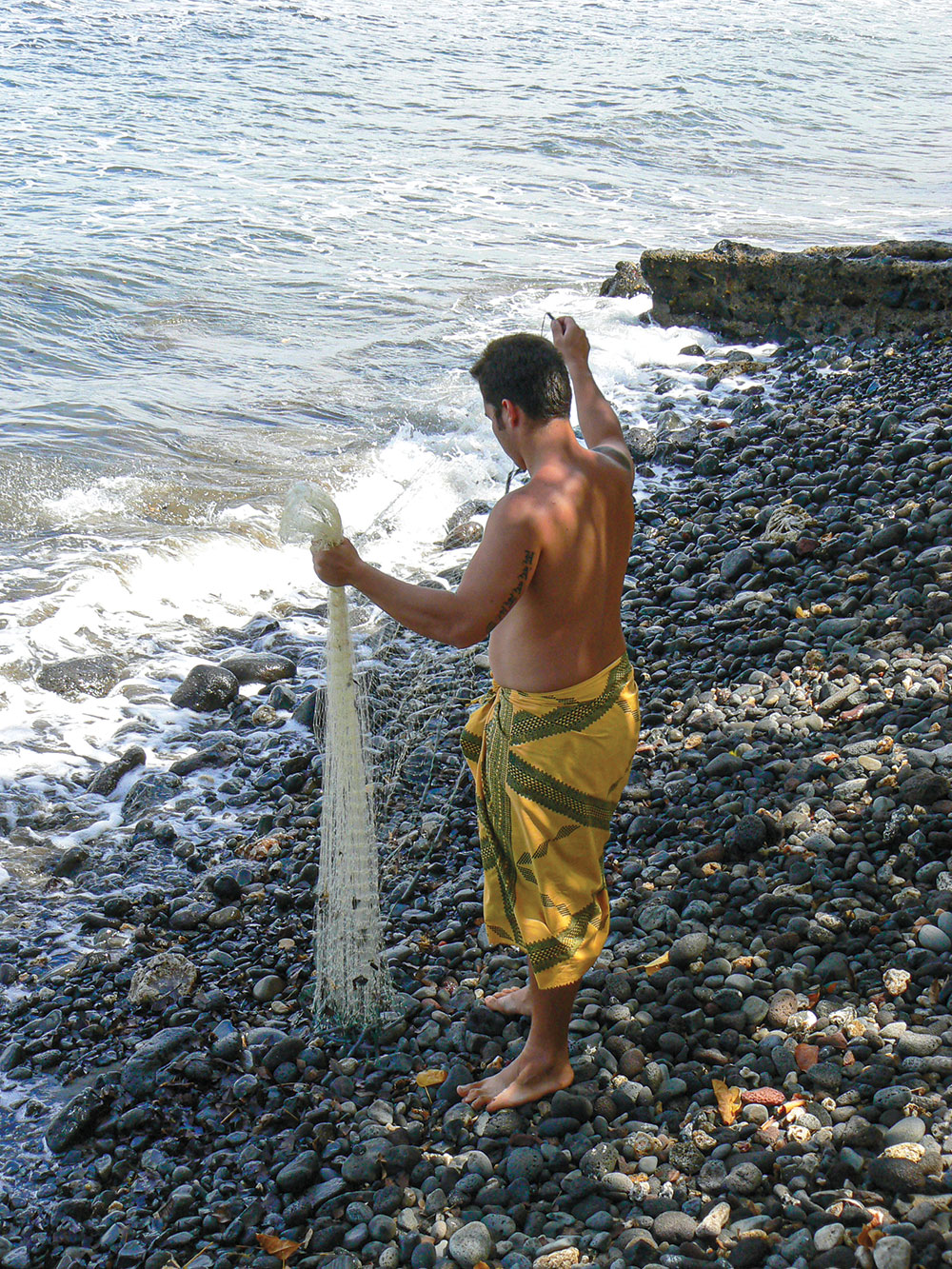
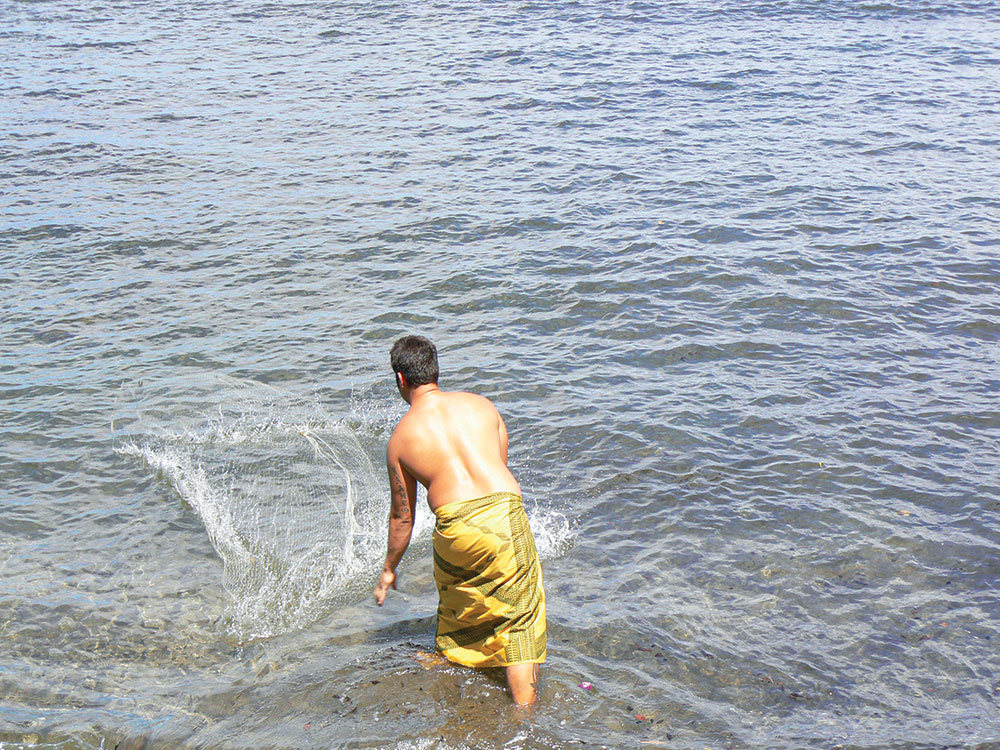
The gear used for ground fish needs to have plenty of backbone, because hauling in a big cod from 200 feet of water is like hauling in an old tire full of cement. My rod-of-choice is a 6-foot, medium-heavy or heavy rod paired up with a good, level-wind reel spooled with 50-pound test braided line. Make sure the reels are large and can hold plenty of line, because depths of 200 feet or more are not unheard of when pursuing these fish. A 16- or 20-ounce lead weight is used to hold the bait at the bottom.
Crustaceans and Shellfish
Crustaceans (lobsters, shrimp and crabs) and shellfish (clams, mussels, oysters and snails) are popular at seafood restaurants everywhere, but you can harvest your own … if you’re outfitted with the proper licenses and gear. While different species of crustaceans and shellfish inhabit every ocean, the process for harvesting them is the same.
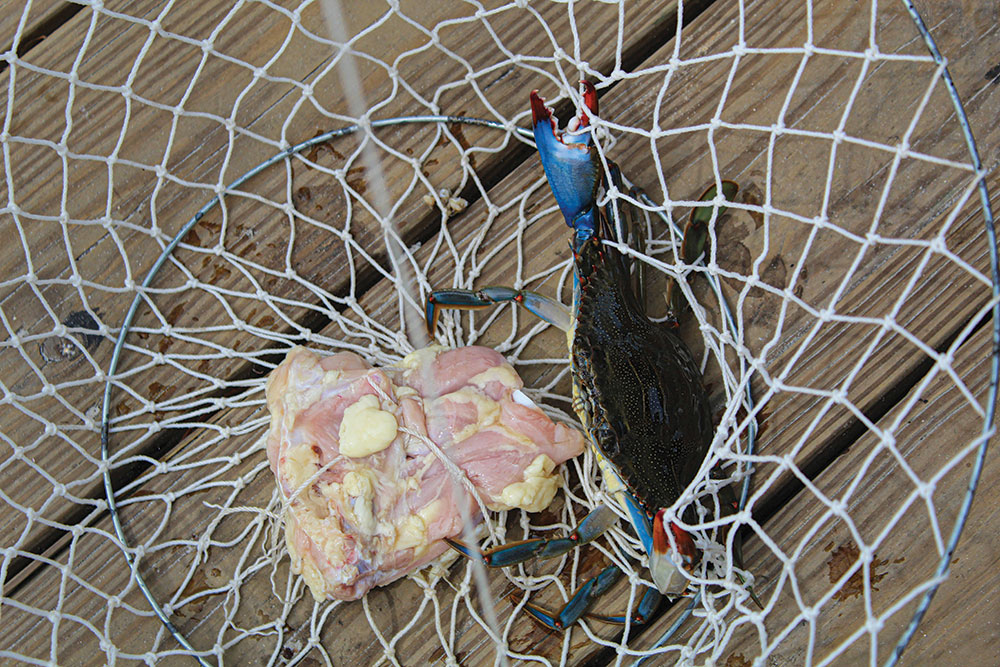
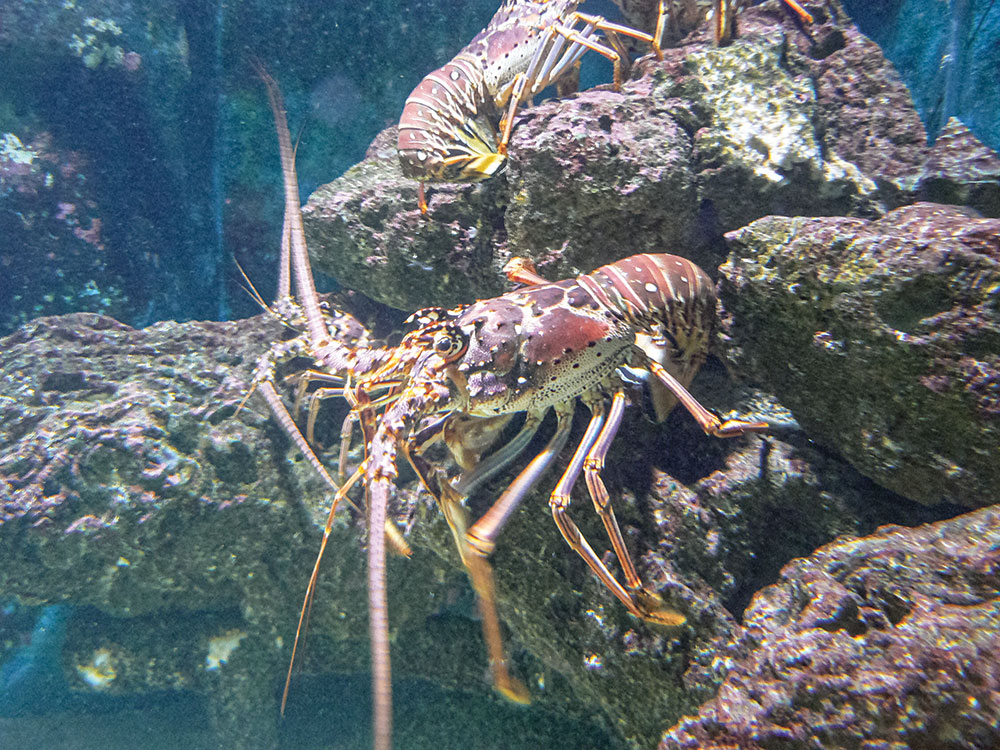
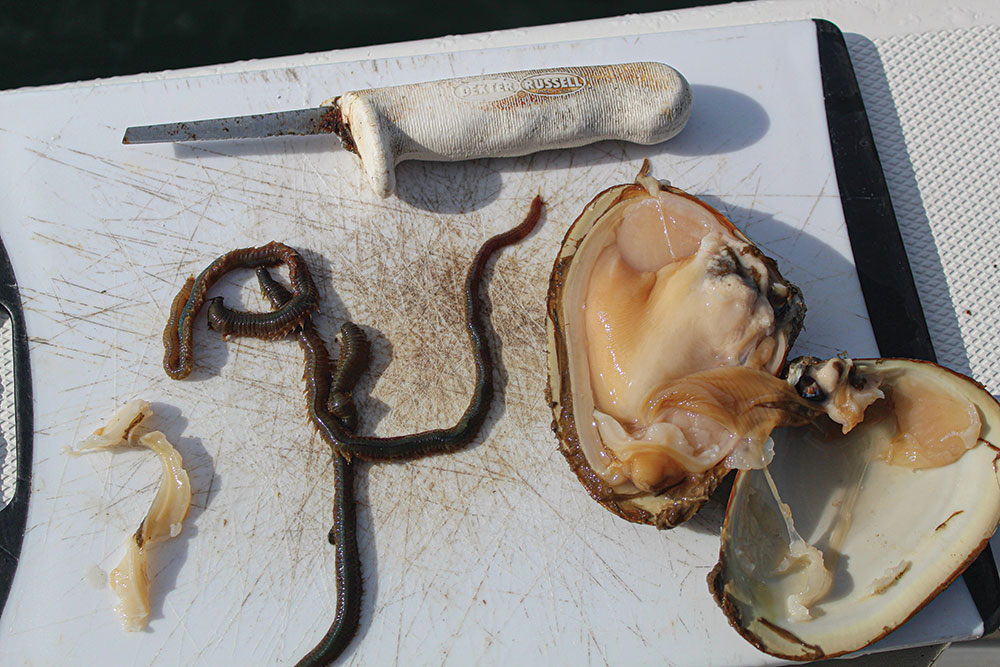
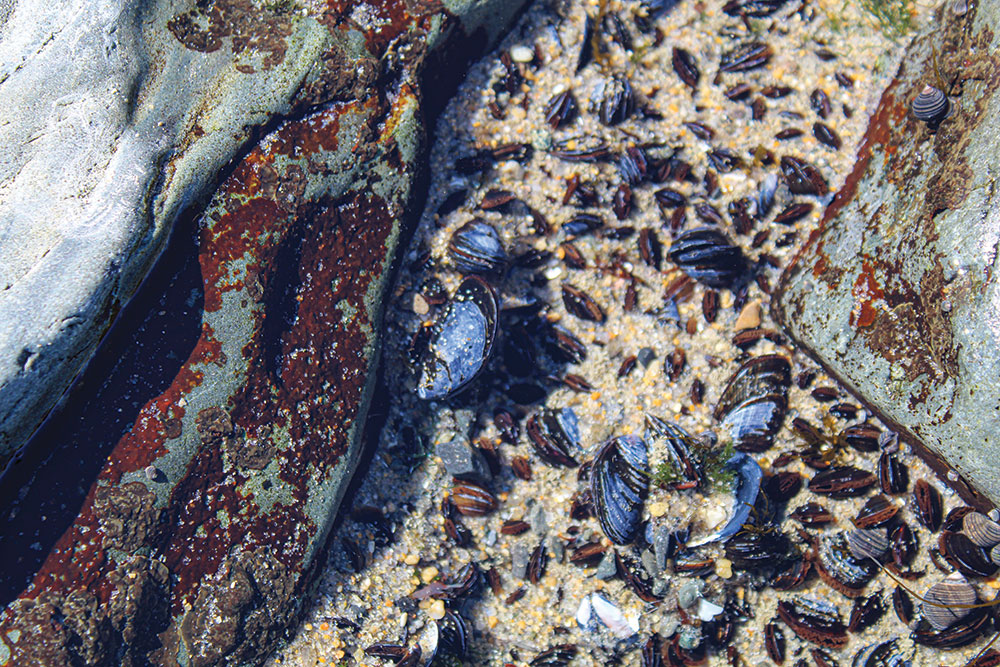
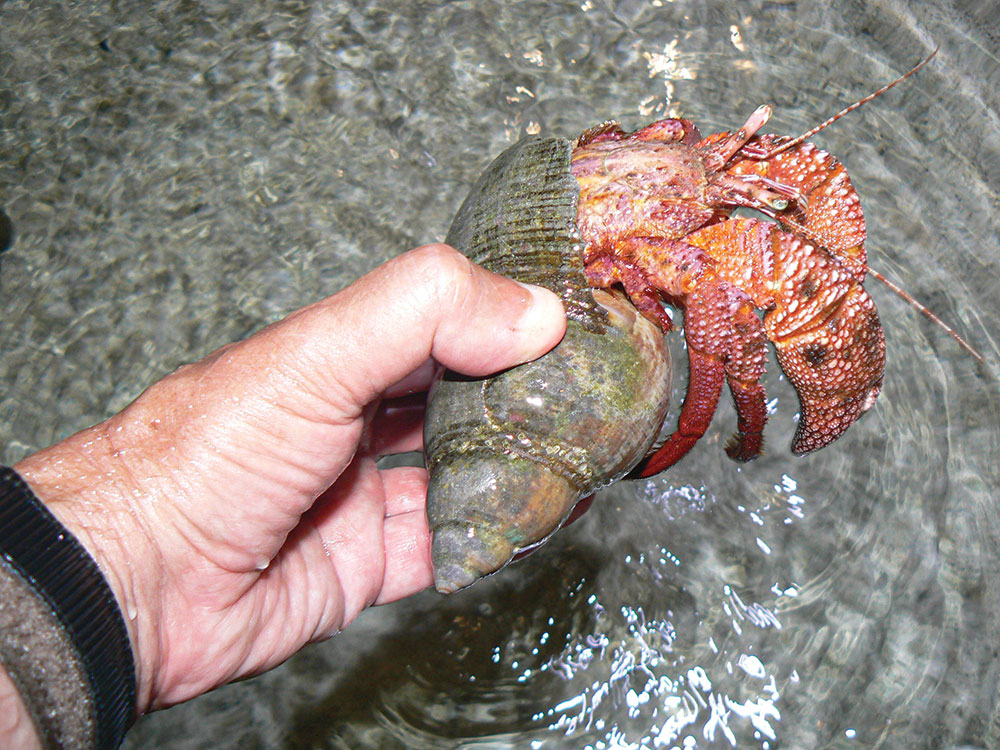
Lobster
If you want to harvest lobster as a food source for your family, all it takes is a boat of some sort, buoys, a few traps and the proper license. While this gear isn’t cheap, it could be money well spent. As you can imagine, lobster fishing can be hit and miss, but it’s good to have another option when you’re at the shore.
Crab
Crabbing can also be accomplished with traps set out from a boat; however, it can also be done closer to land. A crab trap baited with a piece of chicken can be tied to a pier and dropped into the water. I’ve even seen crabbers fishing from docks and piers using a stout rod and reel with a small, baited crab trap attached to the line.
I first learned this method during a trip to coastal New Jersey. A crabber on the dock showed me how it was done. I saw this same technique being used while in Key West, and it’s highly effective. It’s economical and can be done while you’re casting for drum or other inshore fish from the dock. Multitasking by running one or two traps while you’re fishing is a good use of your time and a great way to vary your menu.
Shellfish
Shellfish are found, and can be harvested, all along the coasts, although the species and rules differ.
Gone are the days of simply going down to the bay and harvesting oysters. Oyster beds have been devastated, so this is no longer possible. However, harvesting clams and mussels is something we can all do—again, with proper licensing. Of the two, mussel-harvesting is less restrictive. Even so, before you do any harvesting, make sure to check the rules of your area.
Tools are simple. They include a bucket and a pair of waders or rubber boots. If you’re after clams, you’ll need a clam rake or shovel to dig them out of the sand. Clamming takes skills that are acquired over time, but once you master them, you’ll be able to harvest the legal amount on a regular basis. (I have to admit that I have yet to master those skills.)
Mussels are much easier to harvest. Simply walk the tide pools at low tide. Mussels attach themselves to rocks and can be harvested by prying them off with a sharp knife.
Seaweed
I hate the term, “seaweed.” But, for the sake of brevity and the lack of another word to describe ocean plants, I’ll use it here.
I first learned about using ocean plants as a food source while visiting the Pacific. Many cultures have used seaweed in everything from soups to sushi. Some cultures dry seaweed the same way we make jerky.
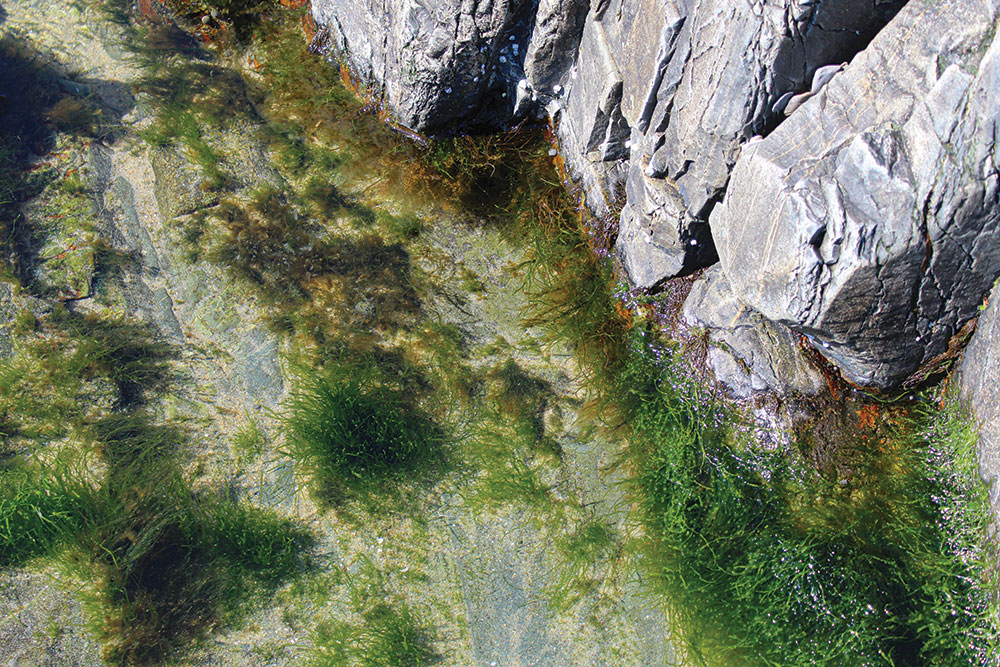
Generally, edible seaweed can be nutritious and can also offer some health benefits. For whatever reason, it’s increasingly common to find seaweed on the shelves at grocery stores and on restaurant menus. Take some time to learn about the types of edible ocean plants where you’re headed, and you might find something that’ll make a nice side dish with your lobster and cod.
Oceans as ‘Toolboxes’
Our oceans have much to offer us—on many levels. They’ve been reliable and healthy food sources for humans for thousands of years. Unfortunately, many of their resources have been exploited for hundreds of years by large, commercial operations that haven’t been the good stewards that the local fishermen have been.
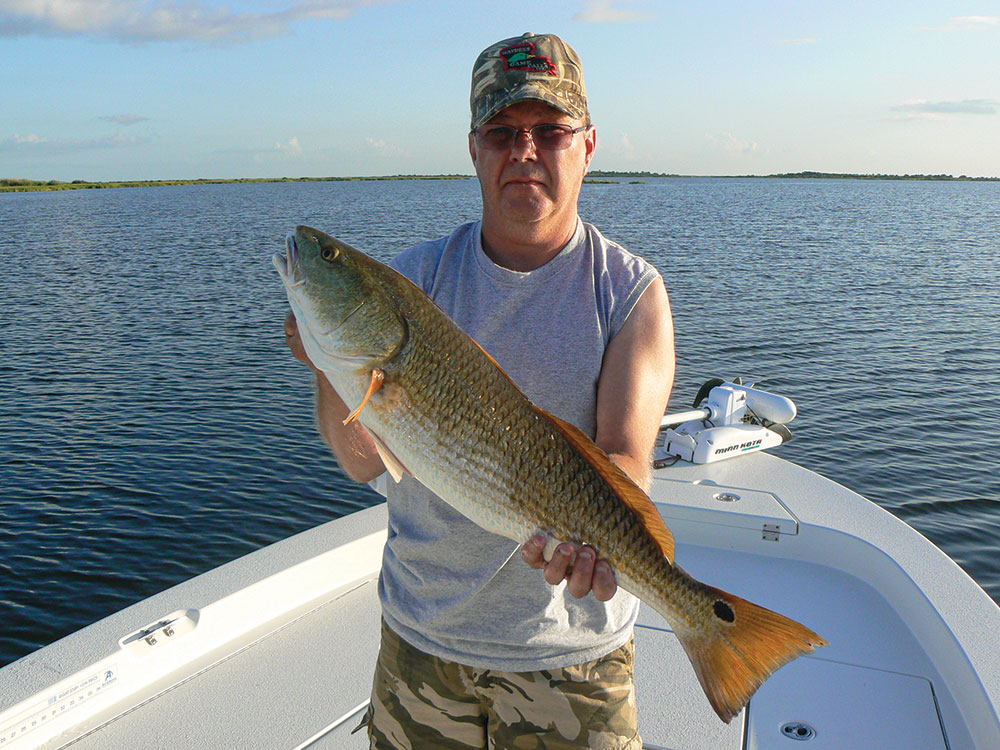
The rising global and American populations have created an imbalance that needs to be resolved. Over-harvesting has closed fishing grounds, and there are bans on harvesting some species altogether. With that being said, our oceans can still be great resources to draw upon.
I don’t feed my family solely on what I can harvest from the ocean. For me, the ocean’s just one of several options. Living a self-reliant lifestyle means having a vast “toolbox” to draw upon and being prepared to take advantage of any opportunity that might present itself.
Recipe: Robin’s Seafood Lasagna
This recipe comes from Robin Bois, the wife of my friend, Captain David Bois, who operates the Stripers-R-Us charter in East Dennis, Massachusetts.
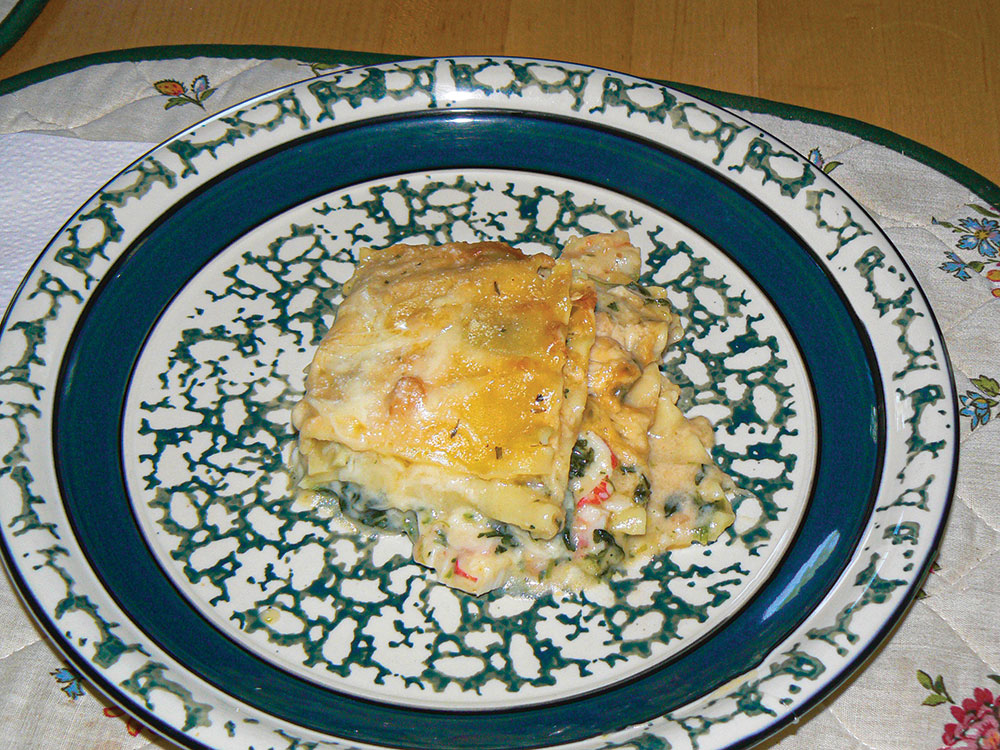
Ingredients
- 1 box lasagna noodles
- 1 lb. uncooked shrimp cut into bite-sized pieces
- 1 lb. uncooked scallops (you can substitute scallops with a white-fleshed fish, such as striped bass. If you use fish, cut it into bite-sized pieces prior to cooking)
- ¾ lb. crab meat cut into bite-sized pieces (you can substitute the crab with lobster meat)
- 6 tbsp. butter
- 6 tbsp. flour
- 3½ cups milk (you can also use low-fat or skim milk)
- ½ cup sherry
- 1 can (10¾ ounces) cream of shrimp soup
- 1 large onion, diced
- 6 cloves garlic, minced
- 1 pkg. (10 ounces) frozen spinach, thawed and drained
- 2 pkg. (8 ounces each) shredded mozzarella cheese (you can substitute with reduced-fat cheese)
- ¾ cup Parmesan cheese
- 2 tbsp. tarragon
- 1 tsp. black pepper
- ¼ cup olive oil
Directions
- Cook the lasagna noodles according to package instructions.
- In medium saucepan, melt the butter. Whisk the flour and pepper into the melted butter. Add milk, stirring constantly until the mixture thickens. Add sherry, cream of shrimp soup and tarragon.
- Cook for about 5 minutes; remove the saucepan from the heat.
- In a large skillet, add olive oil and onions, cooking the onions until tender. Add the garlic, shrimp, scallops and crab meat.
- Cook this mixture for about 3 minutes.
- In a 9×13-inch casserole dish, spread enough of the sauce to lightly cover the bottom. Cover this with a layer of noodles. Cover the noodles with 1/3 of the seafood mixture, 1/3 of the spinach and 1/3 of the cheese. Repeat this for two more layers. Add one more layer of noodles and cover everything with the remaining sauce.
- Sprinkle the mozzarella and Parmesan cheese on top.
- Cover the casserole dish with aluminum foil and bake at 350 degrees (F) for 40 minutes. Remove the foil and bake for another 5 minutes—or until the cheese is melted. Remove the dish from the oven and let it stand for 10 minutes before cutting. This recipe should serve 8.
Find the Right Charter
Sometimes, the most cost-effective way to fill the freezer is to hire a charter boat. Here’s some advice for finding an appropriate charter to match your goals:
- Find one that specializes in your type of fishing.
- Ask for references—and check them, as well as online reviews.
- Ask questions: Does the charter provide gear, or do you need to provide your own? What’s the cancellation and refund policy? What should you bring? Are children welcome? Is fish-cleaning part of the package? How long is the entire trip?
- Tip the captain and the crew for good service.
- Don’t rely on fancy ads. Do your homework.
- Don’t go out with any outfit that “guarantees catching.” There’s no such thing.
- Don’t go out with an outfit that offers the use of its gear and then charges you a rental fee.
- If you’re looking to fill your freezer, don’t enlist the services of a “catch-and-release” charter.
A version of this article first appeared in the August 2021 print issue of American Outdoor Guide.

